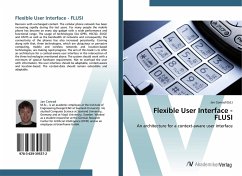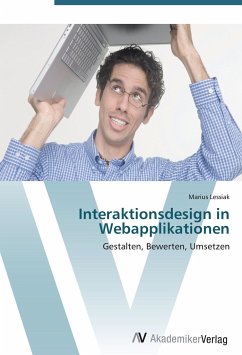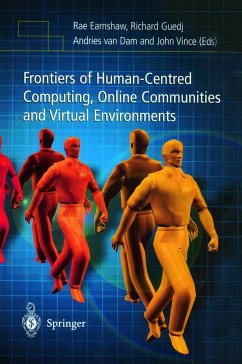
Context Aware Voice User Interfaces for Workflow Support
Voice Based Support for Mobile Workers
Versandkostenfrei!
Versandfertig in 6-10 Tagen
79,00 €
inkl. MwSt.

PAYBACK Punkte
0 °P sammeln!
Audio is a significant factor in the design of the human computer interface in ubiquitous computing. The characteristics of the medium allow for a hands-free interaction without the need to switch the focus to a display (eyes-free). Moreover, determining the graphical capabilities of the wearable device to adapt the output to the device is not needed. But audio based interfaces are also challenging, sincehumans are visually oriented.The ubiquitous computing community recognized the advantages of the audio channel, but the restrictions inherent to the medium are mostly ignored. Authors of such ...
Audio is a significant factor in the design of the human computer interface in ubiquitous computing. The characteristics of the medium allow for a hands-free interaction without the need to switch the focus to a display (eyes-free). Moreover, determining the graphical capabilities of the wearable device to adapt the output to the device is not needed. But audio based interfaces are also challenging, sincehumans are visually oriented.The ubiquitous computing community recognized the advantages of the audio channel, but the restrictions inherent to the medium are mostly ignored. Authors of such systems who know about these challenges often look for a solution by using additional modalities, preferably visually oriented.This thesis analyses these challenges with respect to the humans cognitive capabilities and shows a possible solution using audio design patterns.












